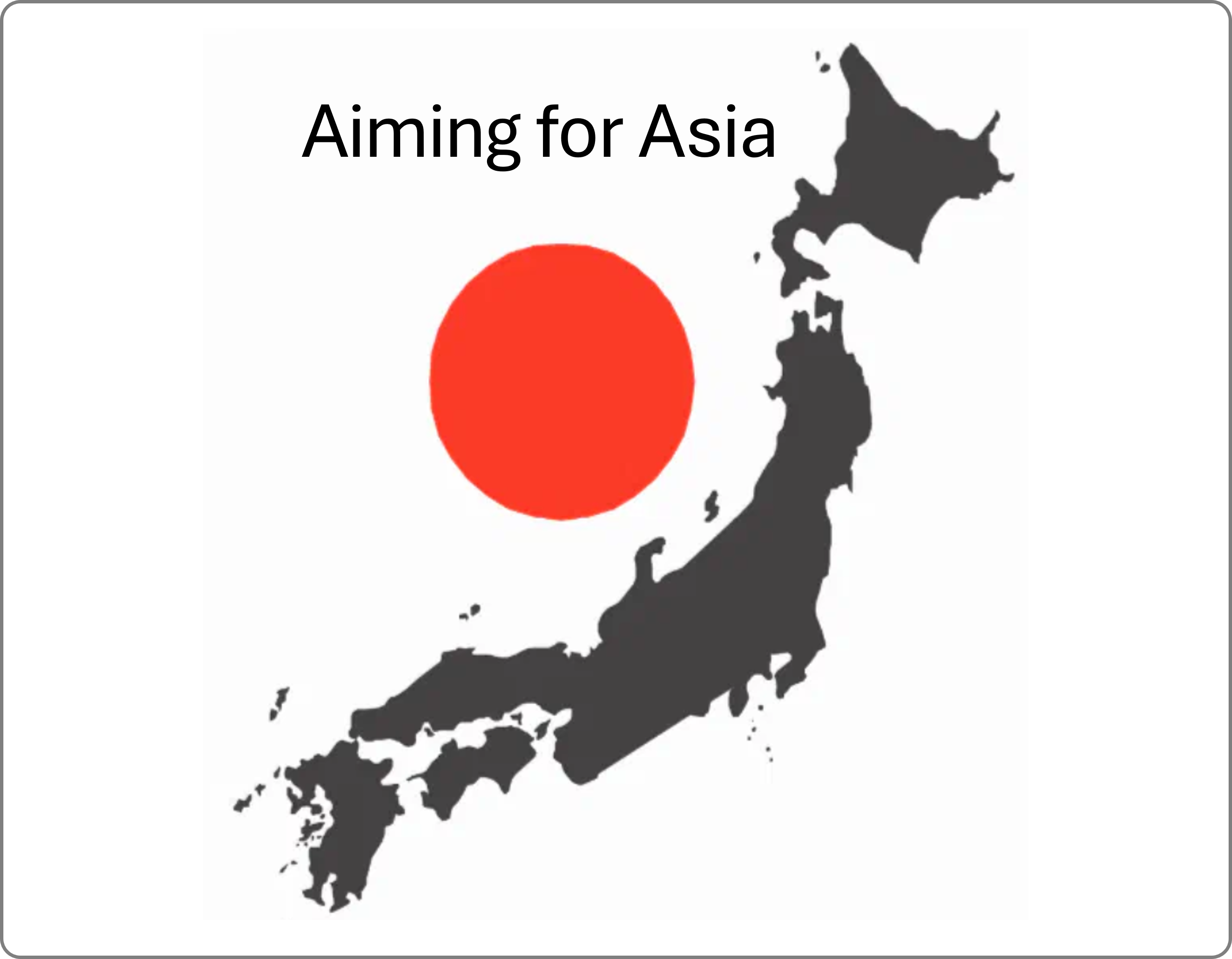

Medical Device reimbursement levels in Japan are now more in line with the reimbursement levels in the EU. The Japanese government has pledged not to allow Japanese device reimbursement to be as high as the US prices.

Medical Device reimbursement levels in Japan are now more in line with the reimbursement levels in the EU. The Japanese government has pledged not to allow Japanese device reimbursement to be as high as the US prices.

An analysis from the Life Sciences legal team at Hogan Lovells.

Predicting the potential of cell and gene therapy pipelines presents unique challenges. Following are considerations for forecasters working with novel technologies.

“We’re excited to have Naomi in this role. With her FDA experience, her visionary approach will pave the way for success, ensuring that businesses not only meet the FDA’s stringent requirements but also thrive in an environment where cybersecurity is a fundamental business value.”

AI-driven regulatory platforms support SaMD organizations by proactively monitoring and adapting to the dynamic global regulatory landscape. The technology alerts users to anticipated regulatory updates worldwide, facilitating improved foresight and trend detection. It also provides guidance on addressing potential lapses in product compliance, integrates with existing workflows and streamlines regulatory tasks from classification to registration and market entry.

While billion-dollar deals are common in the medtech industry, multi-billion-dollar megadeal acquisitions were still notable in 2022. Often, these deals result in a ripple effect on the industry when two large companies merge. Here we look at some recent examples, the growth drivers behind them and what they mean for the medtech industry.

AI not only improves data collection and analysis, it impacts which products are engaged in clinical trials, determines necessary medical criteria, helps design the trials and can even choose the best participating facilities. The result is, organizations that leverage AI will be more successful and will go to market faster than those that don’t.

The updated guidance clarifies how the program applies to medical devices that may address health inequities, as well as those that may increase access to care or provide a non-addictive treatment option to treat pain or addiction. It also clarifies the FDA’s current interpretation of the Breakthrough Device designation criteria.

The FDA has issued three new draft guidances related to the 510(k) submissions program, including Best Practices for Selecting a Predicate Device, Use of Clinical Data in Premarket Notification and Evidentiary Expectations for Implant Devices. The agency is accepting comments and will host a webinar for stakeholders on October 26, 2023, to provide more information on the guidances.

Previous EU regulatory acts did not cover products without an intended medical purpose—typically devices with aesthetic indications. This now changes with Annex XVI of the EU Medical Device Regulation (MDR). Notified Bodies can assess these products for their conformity with the regulation. However, responsibility for proactively pursuing the EU certificate of conformity for the products rests with the manufacturers.